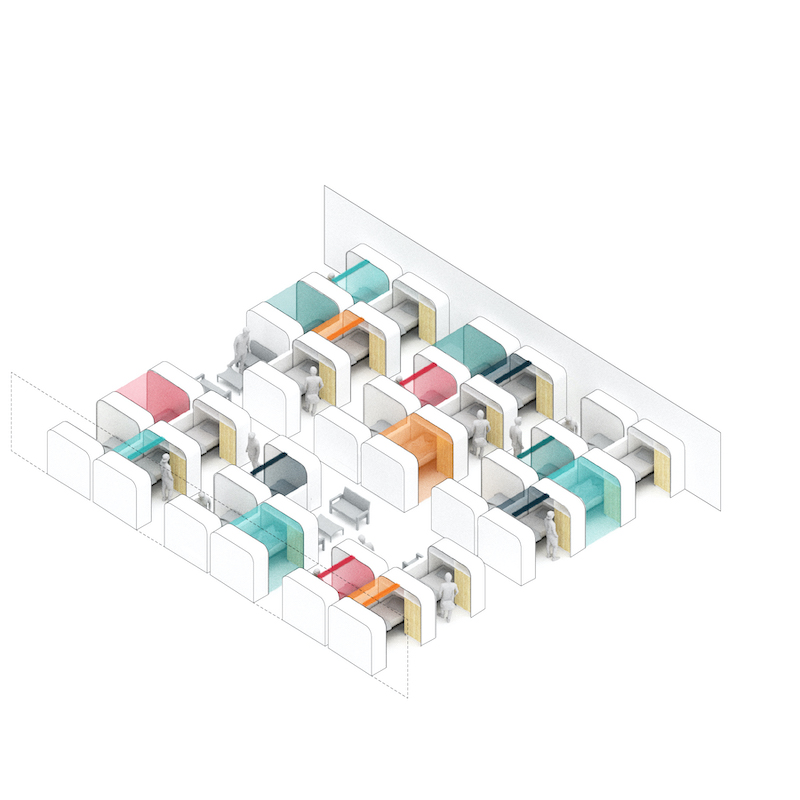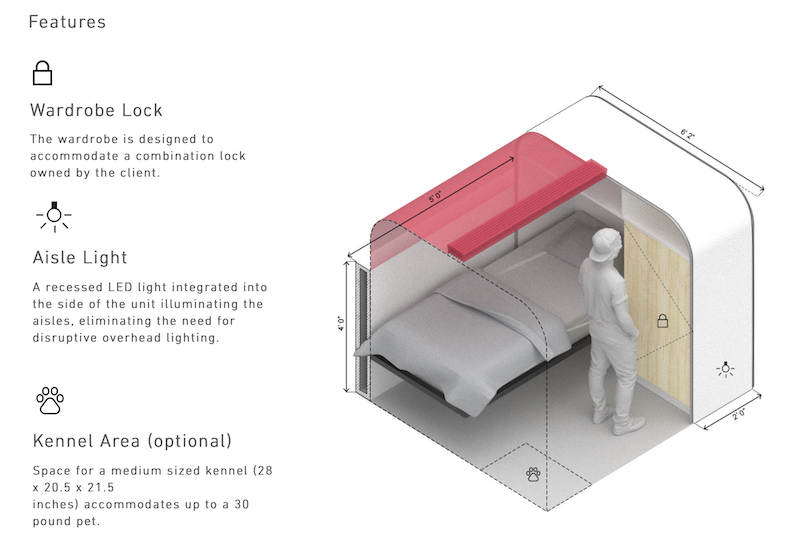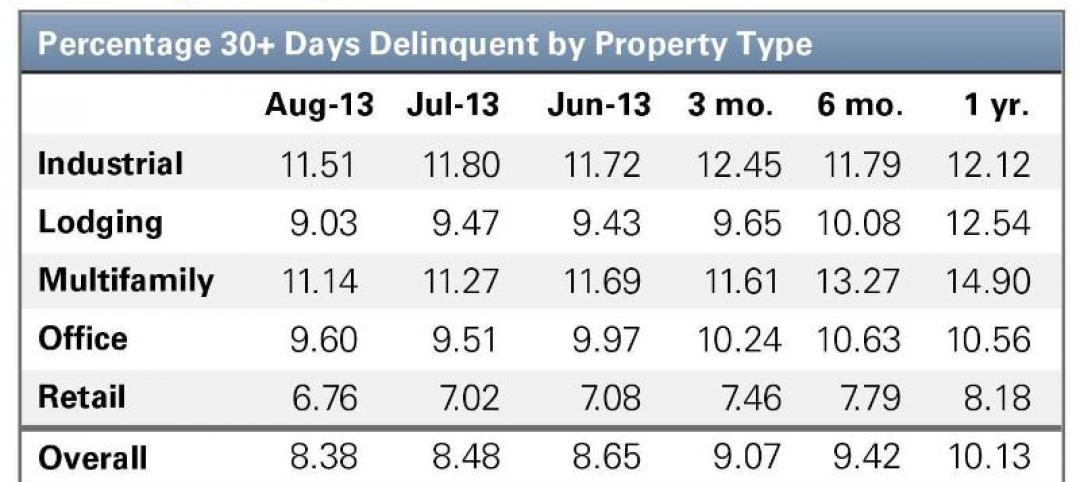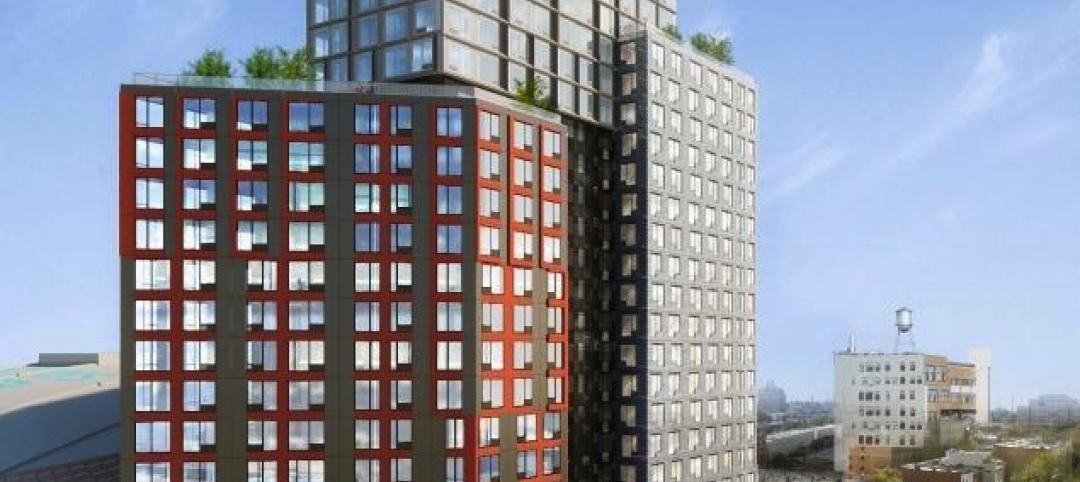On any given night, more than 500,000 Americans are homeless. Of that total, more than one-third of those homeless—35%—is unsheltered. And 47% of all unsheltered homeless live in California, which is four times higher than the state’s 12% share of the U.S. population.
Those estimates come from “The State of Homelessness in America,” which the White House’s Council of Economic Advisors released in September. That report notes that in the last two years, homelessness in Los Angeles alone had risen by 12% to more than 59,000 people. An estimated 44,000 of L.A.’s homeless eschew its shelter system, often preferring instead to live in outdoor tents that offer them more privacy and security.
Los Angeles isn’t oblivious to this situation. Proposition HHH, approved by voters in 2016, allocates $1.2 billion to build thousands of “supportive housing” units over the next decade. Los Angeles Mayor Eric Garcetti has also initiated a plan called A Bridge Home, which would help the homeless get into temporary housing in their preferred neighborhoods until they can be connected with a permanent home. The Mayor’s budget includes in excess of $460 million for supportive housing, bridge housing, and services. The state kicked in another $219 million this year.
Los Angeles is committed to creating 1,600 new units for the homeless by July 2020, and is considering a number of options, including DOME, a modular, unitized system that Perkins and Will designed specifically for interim and emergency housing.
The unit, which ranges from 47 to 52 sf, includes a bed with room for storage underneath, a lockable wardrobe, partitions, access to an electrical outlet, and an optional fabric canopy that can be pulled down for additional privacy. A person can stand inside DOME. And the design allows for an optional medium-sized kennel that can accommodate a pet up to 30 lbs.

DOME units' installation maximizes space.
Yan Krymsky, design director of Perkins and Will's Los Angeles studio, calls DOME “a sleeping cabinet.” DOME’s microsite provides details about the unit and its installation, which slots together onsite and is collapsible; 32 units could fit onto a 53-ft-long trailer. P&W estimates DOME’s cost at $4,749 per unit.
A prototype of DOME, built by Shield Casework in Kansas City, Mo., has been installed in the Los Angeles Architecture & Design Art Museum, where interested parties can evaluate its design, construction and utility, and offer comments.
Krymsky says that P&W has also been talking with shelter operators such as the Salvation Army and People Assisting the Homeless (PATH) to gauge interest in DOME and to see if they are willing to test it out. DOME’s design is flexible enough to bend to different operators philosophies about partitions (some like them, others don’t, for security reasons). The prototype could also be made bigger (some operators prefer longer beds, for example.)
P&W got interested in this project when it was retained by the city to do research on interim housing. As such, it learned that this kind of housing typically provides extended-stay shelter, anywhere from six months to two years. P&W also learned that there wasn’t much out there that could provide bridge housing. “For us, that’s unusual in other typologies,” says Krymsky.
Shield Casework, a five-year-old company, specializes in making products using acrylic solid surface. Its two primary markets are healthcare and sports, for which it prefabricates everything from headwalls to custom lockers.

32 DOME units can be shipped on a single 53-ft trailer.
Stephen Hopkins, Shield’s president, says that he and Krymsky had worked on previous projects, including a dorm-pod concept for the University of Utah that didn’t get built for code reasons but set the stage for the two companies’ alliance on DOME.
“For us, the challenge was how do we hone the design to its basic components” so that it could be produced simply and efficiently, says Hopkins, who is an architect.
Neither he nor Krymsky see DOME as a silver bullet for solving homelessness, given the magnitude of the problem. “It’s a Band-Aid, but one we’re happy to provide,” says Hopkins. If demand for DOME were to take off, Shield has the capacity to produce 1,000 or so units over a six-month period without disrupting its other orders.
Krymsky anticipates high interest in DOME, not only in L.A. but possibly from other cities desperately seeking housing options. Perkins + Will is also considering other housing designs, such as tiny houses (which California codes currently don’t allow). “Our frustration [with tiny houses] is that their pricing is total confusion,” with the lowest-priced model with electricity he’s seen costing around $20,000.
Related Stories
| Sep 11, 2013
BUILDINGChicago eShow Daily – Day 3 coverage
Day 3 coverage of the BUILDINGChicago/Greening the Heartland conference and expo, taking place this week at the Holiday Inn Chicago Mart Plaza.
| Sep 10, 2013
BUILDINGChicago eShow Daily – Day 2 coverage
The BD+C editorial team brings you this real-time coverage of day 2 of the BUILDINGChicago/Greening the Heartland conference and expo taking place this week at the Holiday Inn Chicago Mart Plaza.
| Sep 4, 2013
Smart building technology: Talking results at the BUILDINGChicago/ Greening the Heartland show
Recent advancements in technology are allowing owners to connect with facilities as never before, leveraging existing automation systems to achieve cost-effective energy improvements. This BUILDINGChicago presentation will feature Procter & Gamble’s smart building management program.
| Sep 3, 2013
Delinquency rate for commercial real estate loans at lowest level in three years
The delinquency rate for US commercial real estate loans in CMBS dropped for the third straight month to 8.38%. This represents a 10-basis-point drop since July's reading and a 175-basis-point improvement from a year ago.
| Aug 26, 2013
What you missed last week: Architecture billings up again; record year for hotel renovations; nation's most expensive real estate markets
BD+C's roundup of the top construction market news for the week of August 18 includes the latest architecture billings index from AIA and a BOMA study on the nation's most and least expensive commercial real estate markets.
| Aug 22, 2013
Energy-efficient glazing technology [AIA Course]
This course discuses the latest technological advances in glazing, which make possible ever more efficient enclosures with ever greater glazed area.
| Aug 14, 2013
Green Building Report [2013 Giants 300 Report]
Building Design+Construction's rankings of the nation's largest green design and construction firms.
| Jul 29, 2013
2013 Giants 300 Report
The editors of Building Design+Construction magazine present the findings of the annual Giants 300 Report, which ranks the leading firms in the AEC industry.
| Jul 19, 2013
Renovation, adaptive reuse stay strong, providing fertile ground for growth [2013 Giants 300 Report]
Increasingly, owners recognize that existing buildings represent a considerable resource in embodied energy, which can often be leveraged for lower front-end costs and a faster turnaround than new construction.
| Jul 11, 2013
Lawsuit challenges modular apartment project in New York City
A plan to build pre-fab apartment buildings at Atlantic Yards in Brooklyn, N.Y., has been challenged by a lawsuit filed by the Plumbing Foundation in Manhattan Supreme Court.

















